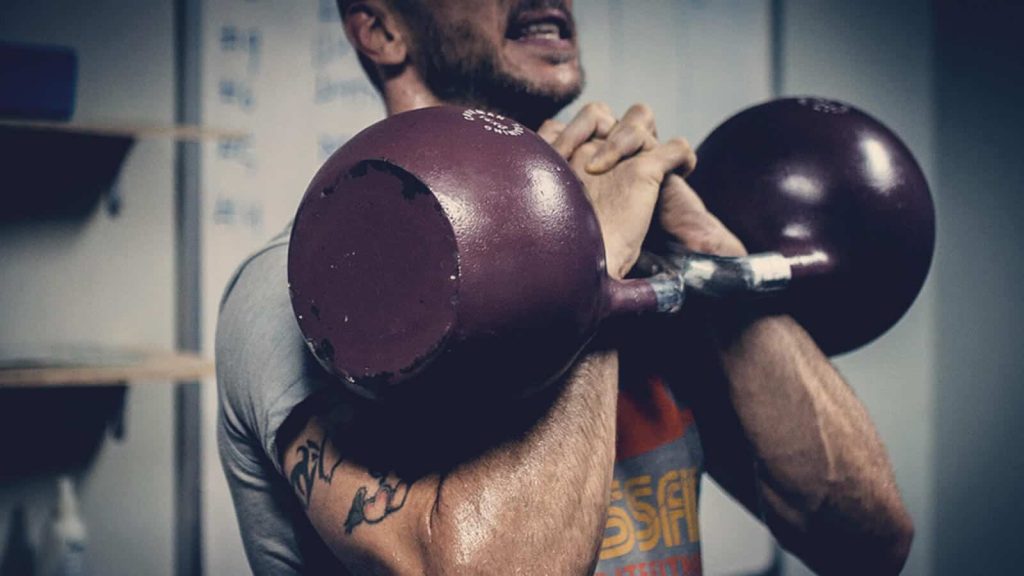Have you ever marveled at the statuesque physique of an athlete, their bodies seemingly chiseled by the hands of an expert sculptor? Building lean muscle is the brushstroke that paints the masterpiece of a fit and healthy body. Let’s embark on a journey to understand the art and science of building lean muscle. A Brushstroke on Lean Muscle When we say ‘lean muscle’, what springs to your mind? Is it the imagery of Hulk-like muscles or a lean, toned figure? Let’s get one thing straight – ‘lean muscle’ and ‘muscle’ are one and the same thing, alluding to the muscle that you’ve worked to build without the layer of fat. It’s all about strength wrapped in elegance. Why Strive for Lean Muscle? A conversation about lean muscle often triggers visions of an Olympian or a bodybuilder, their muscles bulging with power. But the desire to build lean muscle is not, and should not be, confined to just the athletes or the fitness fanatics. The benefits of building lean muscle are far-reaching, offering something for everyone, no matter your age, gender, or fitness level. Here’s a deeper dive into why you should consider flexing your muscles and striving for that lean and mean physique: 1) Enhance Metabolic Efficiency Like a well-oiled machine, a body with a higher proportion of lean muscle operates more efficiently. Muscle is metabolically active tissue, which means it burns calories, even when you’re at rest. So, the more lean muscle you have, the higher your resting metabolic rate (RMR) will be. This leads to a greater overall calorie expenditure, making it easier to maintain a healthy body weight or lose fat. Isn’t it incredible how our bodies can transform into powerful, calorie-burning machines? 2) Boost Functional Strength and Mobility Do you dream of effortlessly lifting your heavy suitcase into the overhead bin? Or perhaps you want to play catch with your kids without worrying about aches and pains later. Building lean muscle enhances your functional strength, the strength you need to perform everyday activities. Lean muscle aids mobility, balance, and coordination, making life’s daily physical tasks seem less daunting. Remember, muscles are like a superhero’s cape, giving you the strength to conquer your world, one day at a time. 3) Improve Body Composition and Aesthetics Let’s not overlook the fact that a lean, muscular physique can significantly enhance your physical appearance. Muscle adds definition and shape to your body, boosting your confidence. It’s about the feeling of empowerment when you look in the mirror, the thrill of wearing clothes that make you feel good, and the glow of health that shines from within. After all, when you’re comfortable in your skin, you radiate confidence. 4) Better Health and Longevity Building lean muscle has far-reaching health benefits. Muscles play a pivotal role in disease prevention. Regular strength training can help improve cardiovascular health, boost your immune system, improve joint function, and even regulate blood sugar levels. It’s like your body’s own armor, protecting you from various health disorders. Furthermore, as we age, we naturally lose muscle mass – a condition known as sarcopenia. Building lean muscle can help counteract this, supporting better health and improved quality of life in your later years. Now, who wouldn’t want to be a picture of health, regardless of age? In a nutshell, striving for lean muscle is not just about the aesthetics; it’s about ushering in a better quality of life. It’s about becoming the best version of yourself, capable, confident, and above all, healthy. So, why not embark on this transformative journey towards building lean muscle? Your body, and indeed your future self, will thank you for it! Know Your Body: The Physiology of Muscle Growth Understanding the physiology of muscle growth is akin to understanding the rules of the game. When you work out, your muscle fibers suffer micro-tears. Fear not, this is all part of the plan. Your body then repairs these tears, leading to muscle growth – a process known as muscle hypertrophy. It’s a beautiful reminder of how our bodies can adapt and transform. Diet: The Cornerstone of Building Lean Muscle Borrowing a quote from the legendary nutrition expert, Michael Pollan – “Eat food, not too much, mostly plants”. This simple advice holds profound implications for our health. As we embark on the quest to build lean muscle, let’s unravel the role of diet, demystifying the complexities and understanding the simplicity of feeding our body what it needs. Proteins: The Building Blocks of Muscles Ever wondered why the fitness world is obsessed with protein? That’s because proteins are composed of amino acids, the building blocks of your muscles. When you consume protein, your body breaks it down into amino acids, which are then used to repair and grow new muscle fibers. Aim to consume around 0.6–1 gram of protein per pound of body weight per day. This can be from lean sources like chicken, turkey, fish, eggs, and Greek yogurt, or plant-based options like lentils, tofu, tempeh, and seitan. However, don’t get too caught up in the numbers. Remember, it’s about the quality and the diversity of the protein sources. It’s not just about chugging protein shakes; it’s about embracing a variety of whole foods that offer a spectrum of amino acids. Carbohydrates: Fueling Your Workouts Carbohydrates often find themselves on the hit-list when it comes to diet. But here’s a little secret: Carbs are your friend, especially when you’re working towards building lean muscle. They are your body’s preferred source of energy, fueling your workouts and replenishing glycogen stores in your muscles. Opt for complex carbs like brown rice, quinoa, oats, whole grain bread, sweet potatoes, and a wide array of fruits and vegetables. They are packed with fiber and provide sustained energy release, keeping you fueled and satisfied. Fats: The Essential Nutrient For many, fats equate to weight gain. But not all fats are created equal. Healthy fats, especially omega-3 fatty acids, play a crucial role in hormone production, including testosterone and growth hormone,






